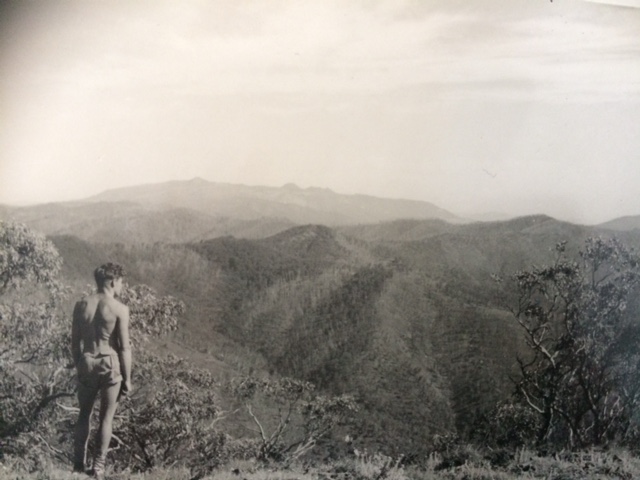()
- Temperature:
- Cool and overcast but warming to humid in the afternoon. Blowy in the evening. Ugg boots on.
- Sounds:
- Blowflies, currawongs, crickets, grasshoppers. Bats at night. Kookaburras. Water. Wind.
- Time:
- Shiraz o’clock (6.17pm)
- Artist’s age:
- 48. Years old. Nearly 49. And I’m fine with that.
- Mood:
- Generally buoyant throughout the day; a couple of brief pensive moments at lunchtime.
- Books:
- Homer’s ‘Iliad’
- Lloyd A. Brown ‘The Story of Maps’
- Roland Barthes ‘Camera Lucida’
- Frank Gibson’s 1944 diary of his cross country walk from the Howqua River at Merrijig through the Crosscut Saw, Mt Speculation, Mt Cobbler, Mt Despair, Mt Selwyn, The Twins, Mt Hotham, Mt Loch, Mt Bogong, and ending in Tawonga.
- Tools:
- Zoom H4n digital recorder;
- Canon Legria tiny video camera that fits into my pocket and still works after all these years;
- Equally tiny Nikon ‘Coolpix’ camera with micro lens which can do quite fancy things but I never use the fancy settings; I just have it on auto but I quite like the micro/close up function which photographs things like the empty carapaces of insects or very small flowers.
- Props:
- Dad’s old pack
- Dad’s spanners
- Our childhood recipe book
- Tripod
- Gaffer tape
- Me
- Activities:
- Spent significant time poring over topographical and mountain hut maps to try and make sense of the route that my Dad took through this region in 1944, but it’s difficult as some of the huts he stopped at no longer exist. Walked the Skopje fire track. Made recordings of small creeks and some walking sounds. Stopped at the river by the water which was too cold to wade through. Contemplating my work in the context of this residency: I’m not a sound artist in the conventional sense, so my experience of and interactions with the environment and this place are unique. The personal, subjective feelings that are associated with this location are loaded with personal memory, childhood experiences and snippets of family lore. As I scan maps and books about the region, place names zing with recognition: Buckety, Dibbins Hut, Razorback, Swindlers Creek, Mt Skopje. What do I want to take away from this experience? How will it frame my work in the future?
- Plan for tomorrow:
- Record in the space underneath the dam.
